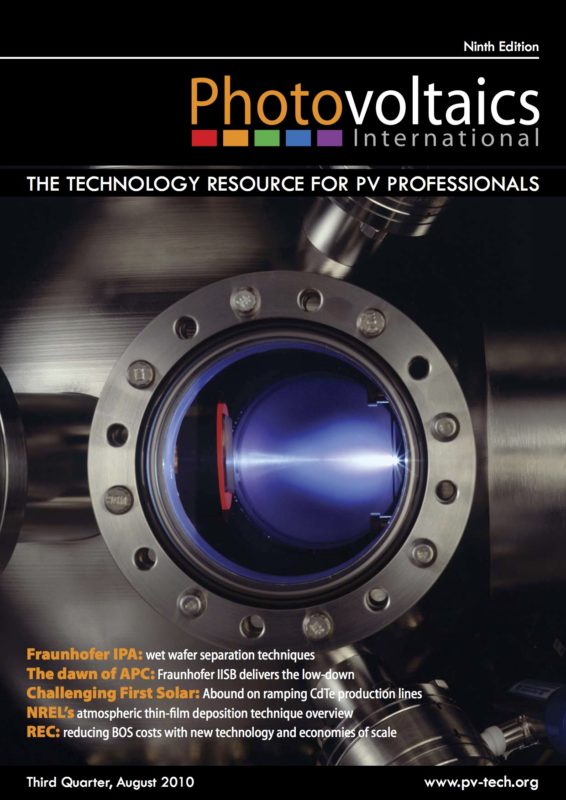By Michael Kempe, Scientist, PV Module Reliability Group, National Renewable Energy Laboratory
Encapsulant materials used in PV modules serve multiple purposes. They physically hold components in place, provide electrical insulation, optically couple superstrate materials (e.g., glass) to PV cells, protect components from mechanical stress by mechanically de-coupling components via strain relief, and protect materials from corrosion. To do this, encapsulants must adhere well to all surfaces, remain compliant, and transmit light after exposure to temperature, humidity, and UV radiation histories. Encapsulant materials by themselves do not completely prevent water vapour ingress [1-3], but if they are well adhered, they will prevent the accumulation of liquid water providing protection against corrosion as well as electrical shock. Here, a brief review of some of the polymeric materials under consideration for PV applications is provided, with an explanation of some of their advantages and disadvantages.



